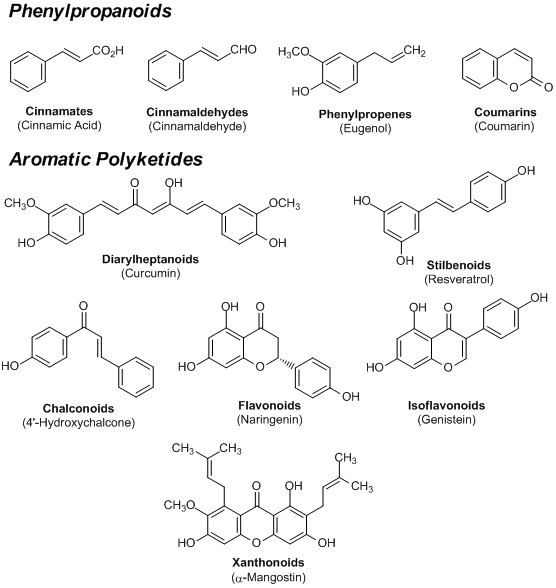• Solubility
They are generally soluble in many organic solvents. They can be rather di? cult to dissolve in non-polar solvents such as hexane but dissolve well in high polar solvents such as chloroform, methanol and DMSO. Compounds with carboxyl or phenolic hydroxy groups are soluble in aqueous alkaline solutions. Since they are easily oxidized in the liquid state, we suggest you to use them within a short period of time after preparation.
Maximum quantity allowed is 999
Please select the quantity
